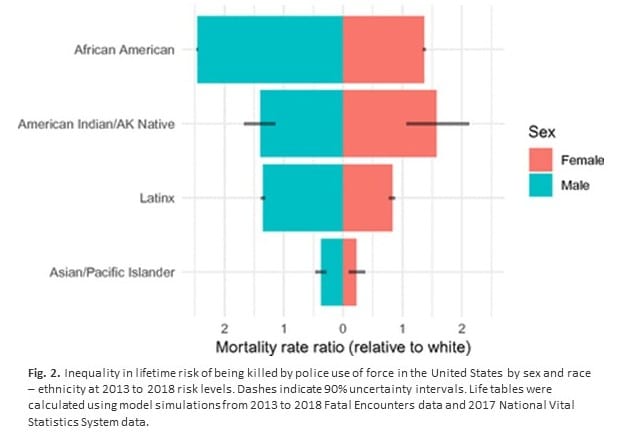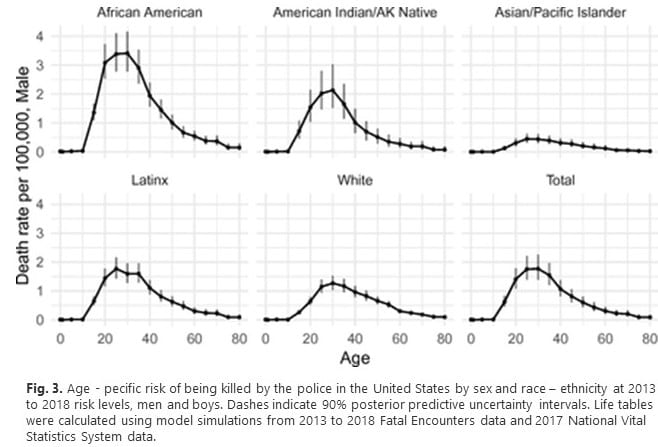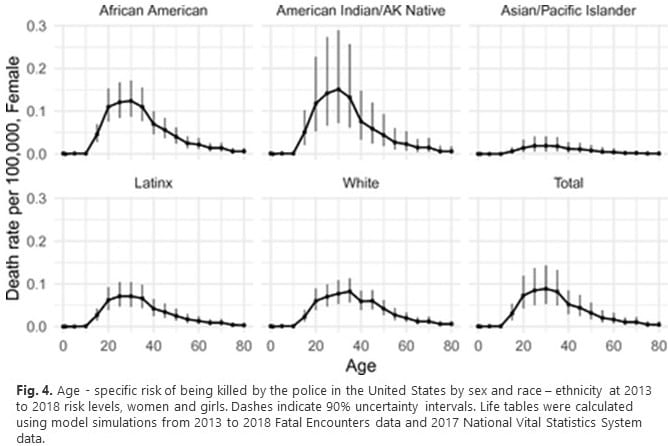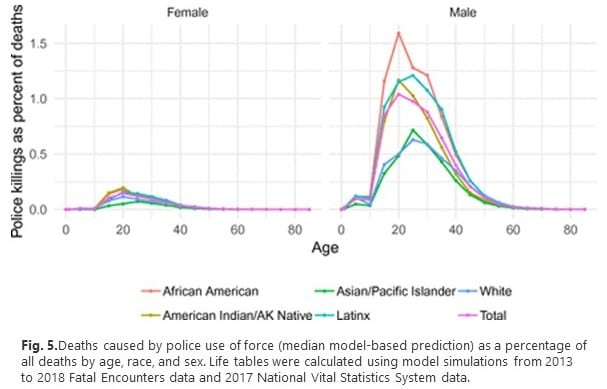A Healthcare Issue Derek Chauvin trial live: Paramedic who responded to George Floyd told partner. ‘I think he’s dead.’ When paramedics arrived, Bravinder saw multiple officers on the side of the road on top of “our patient lying on the ground next to a squad car. He said he “assumed there was potentially some struggle still since they were still on top of him.” “Prosecutor Erin Eldridge played a clip of officer Thomas Lane’s body camera video, which shows Floyd lying handcuffed, flat on the ground, on his stomach and unmoving as the paramedics bring over a stretcher. Bravinder is seen making a gesture with his hand, indicating that Chauvin needs to move his knee so that Floyd can be put on the gurney. Bravinder also tries to
Topics:
run75441 considers the following as important: Healthcare
This could be interesting, too:
Bill Haskell writes Families Struggle Paying for Child Care While Working
Joel Eissenberg writes RFK Jr. blames the victims
Joel Eissenberg writes The branding of Medicaid
Bill Haskell writes Why Healthcare Costs So Much . . .
A Healthcare Issue
Derek Chauvin trial live: Paramedic who responded to George Floyd told partner.
‘I think he’s dead.’
When paramedics arrived, Bravinder saw multiple officers on the side of the road on top of “our patient lying on the ground next to a squad car. He said he
“assumed there was potentially some struggle still since they were still on top of him.”
“Prosecutor Erin Eldridge played a clip of officer Thomas Lane’s body camera video, which shows Floyd lying handcuffed, flat on the ground, on his stomach and unmoving as the paramedics bring over a stretcher.
Bravinder is seen making a gesture with his hand, indicating that Chauvin needs to move his knee so that Floyd can be put on the gurney. Bravinder also tries to ensure Floyd’s head doesn’t slam into the ground while he’s moved because his body is limp, according to the video.”
You can only kill or murder a person once. Anything afterwards is a lack of respect for the humanity.
The link will take you to the article from which these snippets are taken from and leading off this post. What I wish to do today is post on the risk of confrontations and the resulting impact with the police. In most cases, a conversation with a police officer is a matter of intimidation.
“Risk of being killed by police use of force in the United States by age, race–ethnicity, and sex”
Being a numbers oriented person, I approach detail in a different manner. There are writers at AB who are far more nuanced (?) than I am. I am direct and I follow the numbers.
Whether cause related or not, police violence is a leading cause of death for young men in the United States. Over a life time, an approximate “1 in every 1,000″black men will (or can expect to) die from police intervention. “
Risk
The risk of dying from police intervention peaks between the ages of 20 and 35 years of age for men and women. This includes racial and ethnic groups. Separate from Black women and men, Latino men, American Indians, and Alaska Natives are more likely to die from police intervention than white women and men.

Race and Gender
Fig. 2 displays the ratio of lifetime risk for each racial – ethnic group relative to risk for whites for both men and women. For example; black men are ~ 2.5 times more likely to die from police intervention over their life time than white men. The danger for black women is less; however it still exceeds that of white women by ~ 1.4 times.
The risk varies for different racial groups in comparison to White Americans being 1. Asians and Pacific Islanders are less likely than White Americans to die from police intervention.

Amongst all groups, black men and boys have the highest lifetime risk of being killed by police. As presented; Proceedings by the National Academy of Sciences, their models predict about 1 in 1,000 black men and boys will be killed by police over the life course (96 [77, 120] per 100,000).
In contrast? A women’s lifetime risk of being killed by police is about 20 times lower than men’s risk. Among women and girls, a black women and American Indian/Alaska Native women’s risk is the highest. An expectation between 2.4 and 5.4 black women and girls will be killed by police over the life course per 100,000 at current rates.
Male – Age Related
Fig. 3 displays male age-specific rates of death by police “use of force” as displayed by race–ethnicity. Risk for all groups peaks between the ages of 20 and 35 years and declines with age.

Female – Age Related
Fig 4. Female gender, age, race – ethnicity, and age related rates of death occurring from police intervention. Risk for all groups also peaks between the ages of 20 and 35 years and declines with age.

Age, Sex, and Race
Fig. 5 displays the ratio of police use-of-force deaths to all deaths by age, sex, and race.
In the United States, the use of force by police accounts for 0.05% of male deaths, and 0.003% of female deaths, and a low overall share.
The ratio correlates with age and race and is unequal across racial groups.
Police use of force is responsible for 1.6% of all deaths involving black men between the ages of 20 and 24 years. At the same age range, police are responsible for 1.2% of American Indian/Alaska Native male deaths, 0.5% of Asian/Pacific Islander male deaths, 1.2% of Latino male deaths, and 0.5% of white male deaths.
For women between the ages of 20 and 24 years, the police use of force is responsible for 0.2% of all deaths of black women, 0.2% of all deaths of American Indian/Alaska Native women, 0.05% of all deaths of Asian/Pacific Islander women, 0.16% of all deaths of Latina women, and 0.11% of all deaths of white women.
Women of color suffer more than white women at the hands of police. To wit, males and black males especially suffer more (in comparison) at the hands of police within an interaction.

Conclusion:
This presentation concludes what many of us perhaps already know.
Black people remain disproportionately more likely than white people to be killed by police. However, the share of white deaths has also been increasing in recent years.
This particular analysis depicts the risk of dying from police intervention as associated with one’s race, gender, and age. Various races and ages face a higher risk of death or injury when confronted by police intervention. In conclusion, a police intervention is a leading cause of death for young men, and in particular young men of color.
I am over stating the conclusions reached by this particular paper. Young men face exceptionally high risk of dying from police intervention. Racial risk inequalities are increasing throughout the life course. This study reinforces calls to treat police violence as a public health issue. Racially unequal exposure and in general, the risk of state supported violence has consequences for public health, democracy, and racial stratification.
It is only worsening.
